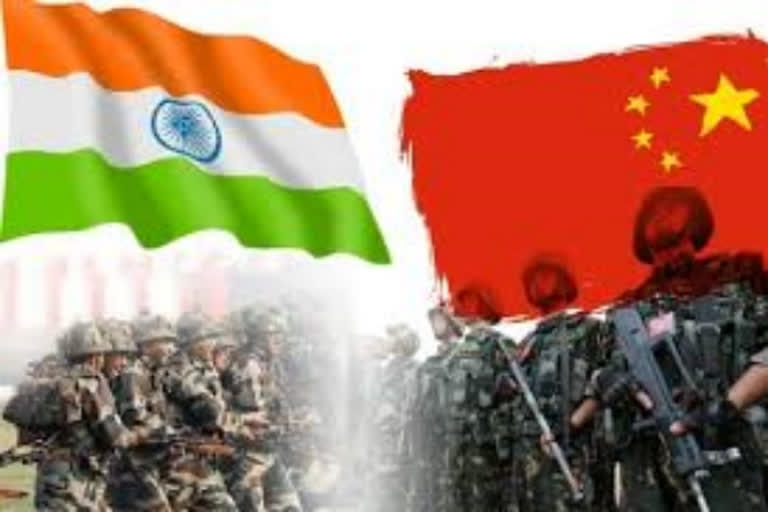New Delhi: Moving forward to resolve the border dispute, a three-step disengagement proposal including restoration of status quo ante as of April this year in Eastern Ladakh is under consideration between India and China. However, no decision has taken place about the trouble at Depsang Plains.
The "constructive engagement" between both the countries happened during the eighth military commander-level talks held on November 6 in Chushul.
"Both the countries have agreed to work on a three-step disengagement proposal, including de-escalation of troops, but nothing has happened on the ground as of now," said a senior government officer.
The ninth round of talks is likely to happen this week but the dates are not yet decided, the officer said.
The first step of disengagement is withdrawal of tanks from forward locations at the Line of Control in Eastern Ladakh.
In the second step, Indian troops will come back to the Dhan Singh Thapa post located on Finger 3, one of the spurs along the Pangong Lake, and the Chinese troops to Finger 8.
In the third step, the Indian Army will withdraw from all the 13 critical heights and territories, including Rezang La, along the southern bank of Pangong Lake which gave India an edge over China.
Also Read: Indian and Chinese forces agree to disengage in Ladakh
On August 30, India had occupied critical mountain heights on the southern bank of the Pangong Lake like Rechin La, Rezang La, Mukpari, and Tabletop that were unmanned till now. India has also made some deployments near Blacktop. The movement was carried out after the Chinese tried to make a provocative military move.
Now, dominance at these 13 peaks allows India to dominate Spangur Gap under Chinese control and also the Moldo garrison on the Chinese side.
Soldiers of both the countries remain exposed to minus 20 degrees Celsius temperatures so both the countries have agreed to withdraw troops on immediate note. "Every day 30 percent of troops will be withdrawn," a source said.
The progress of disengagement would be verified with the help of drones and delegation meetings.
China had changed the status quo at the LAC at various places, moving inside Indian territory. India has objected to it and is taking up the matter with China at all levels.
On June 15, as many as 20 Indian soldiers and an unknown number of Chinese troops were killed in a violent clash in the Galwan Valley.
The Chinese aggression started increasing along the Line of Actual Control and more particularly in Galwan Valley since May 5. The Chinese side transgressed in the areas of Kugrang Nala, Gogra and north bank of Pangong lake on May 17 and May 18.
IANS Report



